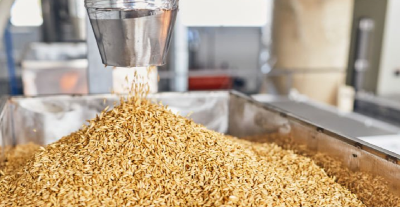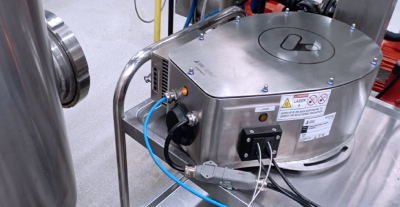
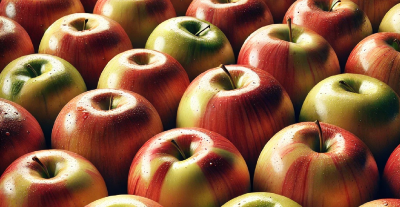 Bütün elmalardaki Brix derecelerinin gerçek zamanlı NIRS analizi
Bütün elmalardaki Brix derecelerinin gerçek zamanlı NIRS analizi
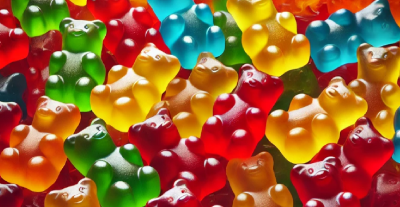 Visum Raman In-Line™ ile sakızların gerçek zamanlı pişme derecesi takibi
Visum Raman In-Line™ ile sakızların gerçek zamanlı pişme derecesi takibi

Visum Palm™ taşınabilir NIR ile hayvan yemlerinde Su Aktivitesi Analizi
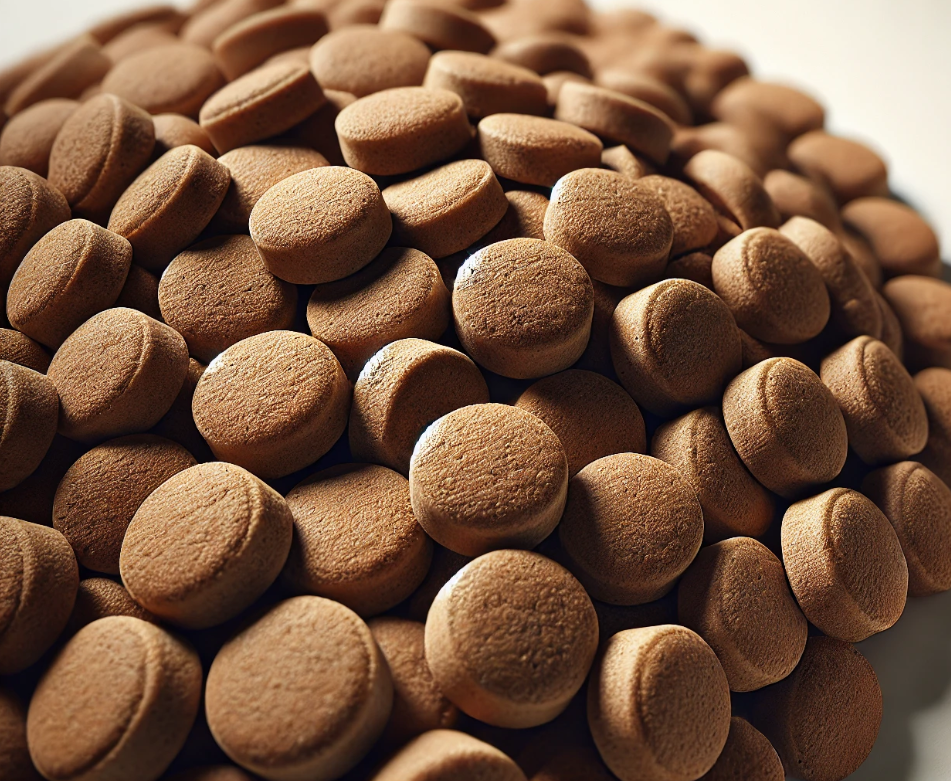
Visum Palm™ taşınabilir NIR ile hayvan yemlerinde Su Aktivitesi Analizi
Hayvan yemlerindeki su içeriği, yem kalitesi ve güvenliği açısından kritik bir faktördür. Su sadece hayvanların biyolojik fonksiyonları için gerekli olmakla kalmaz, aynı zamanda depolama, muhafaza, mikrobiyal aktivite ve gıda güvenliği sırasında yemin stabilitesinde de önemli bir rol oynar. Nem veya daha spesifik olarak su aktivitesi (Aw), ürünün stabilitesini ve kalitesini etkileyen reaksiyonların olasılığını doğrudan etkiler.
Bu makalede, IRIS Technology Solutions SL’nin Visum Palm™ el tipi analizörü ile gerçek zamanlı kızılötesi spektroskopi yoluyla hayvan yemlerindeki su içeriğinin analizini sunuyoruz.
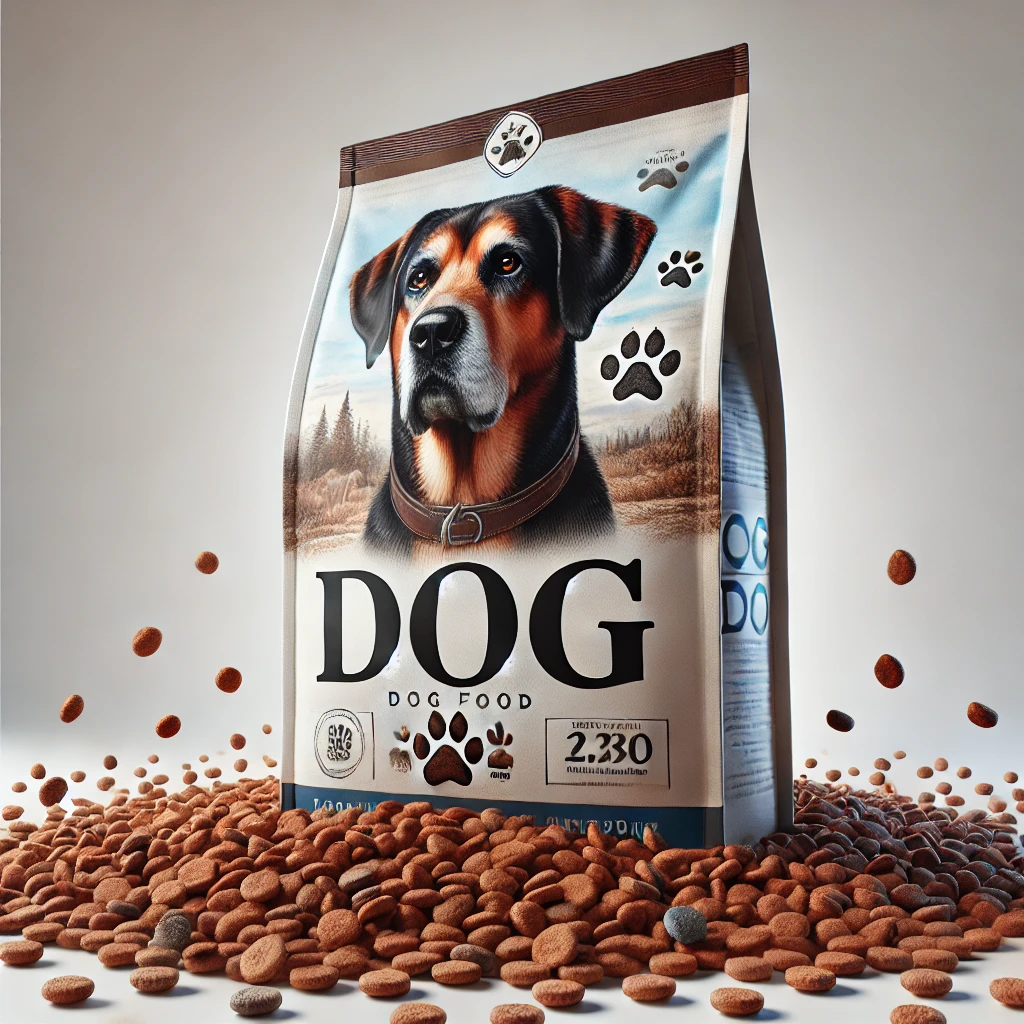
Hayvan Yemlerinde Su Aktivitesi Analizi
Su aktivitesi (Aw), mikrobiyolojik stabiliteyi ve yemin raf ömrünü tahmin etmek için nem içeriğinden daha doğru bir ölçüdür. Su aktivitesi, yemdeki suyun buhar basıncının aynı sıcaklıktaki saf suyun buhar basıncına oranı olarak tanımlanır. 0’dan 1’e kadar bir ölçekte ifade edilir, burada 1 saf suyun varlığını gösterir.
Hayvan yemlerinde, tipik Aw değeri kuru ürünler için tipik olarak 0,2 ila 0,7 aralığındadır, bu da depolama sırasında daha fazla stabilite sağlar. Su aktivitesi 0,7’den yüksek olduğunda, küf ve patojenik bakteriler gibi mikroorganizmaların büyümesi kolaylaşır.
Bu nedenle, su aktivitesini 0,70’in altında tutmak, mikrobiyal büyümeyi önlemek ve yem güvenliğini sağlamak için çok önemlidir.
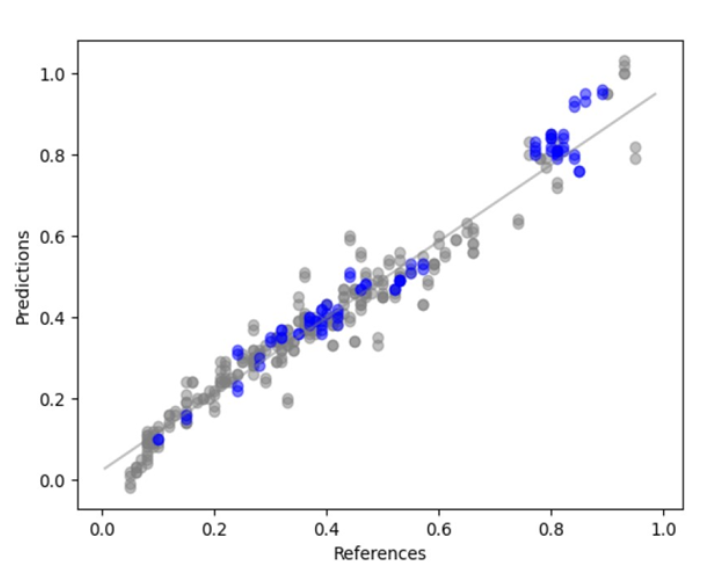
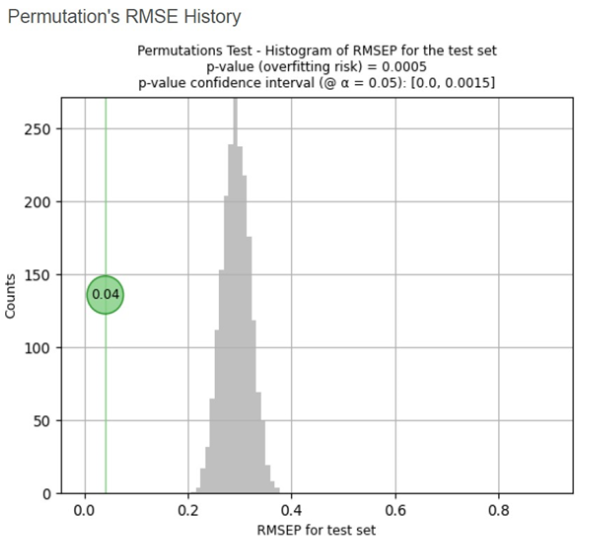
Sol: Aw için sonuç regresyon eğrisi – kalibrasyon örnekleri (gri) ve doğrulama örnekleri (mavi) Sağ: Aw modeline aşırı uyum riskini belirlemek için Fisher-Pitman permütasyon testi.
Geleneksel Analiz Yöntemi
Hayvan yemlerindeki su içeriğini ölçmek için endüstride en yaygın kullanılan geleneksel yöntem fırında kurutmadır. Bu prosedür aşağıdaki adımları içerir:
- Yem numunesi: Belirli bir miktarda numune alınır ve tartılır.
- Kurutma: Numune, belirli bir süre boyunca (genellikle 2 ila 4 saat arasında) sabit bir sıcaklıkta (genellikle 105°C ila 110°C arasında) bir fırına yerleştirilir.
- Su içeriğinin hesaplanması: Kurutma sonunda numune yeniden tartılır ve ağırlık kaybı buharlaşan su miktarı olarak hesaplanır.
Bu yöntem, örnekleme açısından zaman alıcı ve emek yoğun olmasına rağmen doğruluğu ve basitliği nedeniyle yaygın olarak kullanılmaktadır.
NIRS ile saniyeler içinde su aktivitesinin belirlenmesi
Su aktivitesinin belirlenmesine yönelik tahmine dayalı modelin geliştirilmesi için Meksikalı bir evcil hayvan maması üreticisi ile yakın işbirliği içinde çalıştık. 0,1 – %1 Aw aralığında toplam 345 kalibrasyon numunesi kullanıldı ve bunların %20’si NIRS yönteminin dahili validasyonu için Model Builder Visum Master™ yazılımı tarafından otomatik olarak ayrıldı.
Verilerin (spektrumlar ve laboratuvar referansları) işlenmesi tamamen otomatik olduğundan, yazılım giriş verilerine göre en uygun işleme rutinini ve parametrelendirmeleri kendisi yürütür ve uygular. Sonunda, ortaya çıkan modelin gelecekteki numunelerin analizi için yararlı olup olmadığını ve analitik yönteme olan güvenin bir göstergesi olan aşırı uyum riski olarak da bilinen aşırı uyumun ürünü olmadığını kontrol etmek için otomatik olarak bir permütasyon testi uygular.
Sonuç olarak, hayvan yemindeki su aktivitesini tahmin etmek için geliştirilen model 0,96’lık bir korelasyon katsayısı (R²) ve ± 0,04’lük bir RMSEP (kök ortalama karesel tahmin hatası) vermiştir. Bu, Visum Palm™ taşınabilir NIR analizörünün yem ve hayvan yemindeki su aktivitesini belirlemek için gerçek zamanlı (<3 saniye) bir yöntem olarakkullanımını geleneksel yönteme çok daha verimli bir alternatif olarakdoğrulamaktadır .
Gıda Güvenliği için Su İçeriği Analizinin Önemi
Hayvan yemlerinde su içeriğinin ve su aktivitesinin kontrol edilmesi, çeşitli nedenlerden dolayı gıda güvenliği için gereklidir:
- Mikrobiyal büyümenin önlenmesi: Mikroorganizmalar büyümek ve çoğalmak için serbest suya ihtiyaç duyar. Nem içeriği ve Aw çok yüksekse, bu durum Salmonella, E. coli ve küf gibi patojenlerin büyümesini kolaylaştırır ve bunlar gıda zinciriyle bağlantılı oldukları için hem hayvanlarda hem de insanlarda hastalığa neden olabilir.
- Ürün muhafazası: Kontrollü su aktivitesine sahip bir yemin raf ömrü daha uzundur. Mikrobiyal büyüme ve besin maddelerinin bozulmasına neden olan kimyasal reaksiyonlar, Aw optimum aralıklarda olduğunda en aza indirilir.
- Toksin kontrolü: Su içeriğinin kötü yönetimi, hayvanlar ve dolayısıyla insan gıda zinciri için son derece tehlikeli olabilen aflatoksinler gibi mantar toksinlerinin ortaya çıkmasına izin verebilir.
- Besin kalitesinin korunması: Yeterli nem seviyesi, yemde bulunan besin maddelerinin stabil kalmasını sağlar. Yüksek nem koşullarında yağ oksidasyonu ve vitamin bozulması hızlanır, bu da yemin besin kalitesini düşürür.
- Maliyetler ve verimlilik: Kontrollü su içeriği ekonomik kayıpları azaltır, çünkü yem nakliye ve depolama sırasında daha iyi stabiliteye sahip olacak ve kontaminasyon veya bozulma nedeniyle kayıp riskini azaltacaktır.
Hayvan yemlerinde su aktivitesi analizinin sonuçları
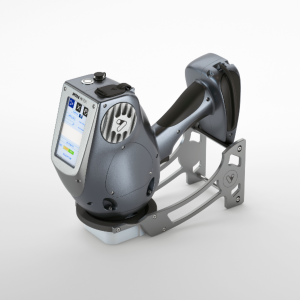
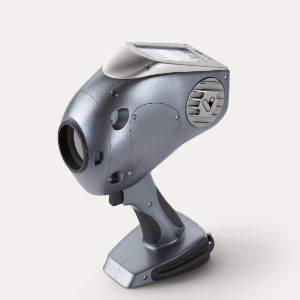
Visum Palm™ el tipi veya laboratuvar analizörü
Hayvan yemlerindeki su içeriğini ve su aktivitesini kontrol etmek, yalnızca yemin besinsel kalitesini korumak için değil, aynı zamanda gıda güvenliğini sağlamak ve mikrobiyal büyüme ve kontaminasyonla ilişkili riskleri önlemek için de hayati önem taşır.
Fırında kurutma gibi geleneksel analiz yöntemleri, bu faktörleri kontrol altında tutmak için gerekli araçları sağlar, ancak NIRS kızılötesi spektroskopisi kullanılarak yapılan su aktivitesi analizine kıyasla kaynak ve zaman açısından yoğundur.
Taşınabilir Visum Palm™ analiz cihazı, yem numunelerindeki Aw değerini ± 0,04 doğrulukla3 saniyeden daha kısa bir sürede tahmin edebilmekte ve yem kalitesi, hayvan sağlığı ve gıda üretiminin sürdürülebilirliğinin sağlanmasında kilit öneme sahip olan üretim sürecinde su aktivitesinin uygun şekilde yönetilmesine katkıda bulunmaktadır. El tipi veya tezgah üstü (laboratuvar) multiparametrik bir analiz cihazı olarak, evcil hayvan yemi üretiminde en önemli parametrelerden bahsetmek gerekirse nem, yağ ve lif içeriğini belirlemek için aynı anda kullanılabilir, böylece tarımsal gıda hammaddeleri için bile etkili analitik ve ürün kontrolleri için temel bir araç oluşturur.
